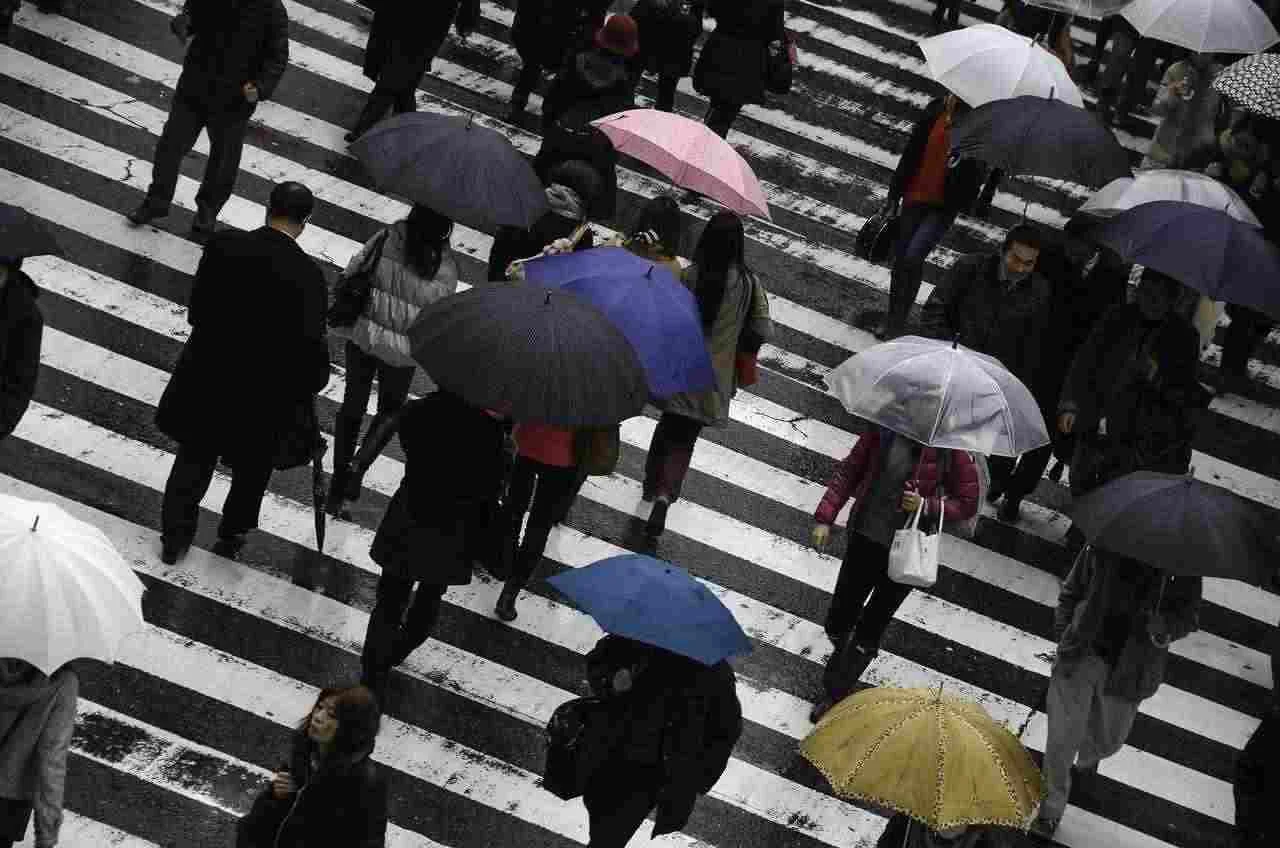Understanding Liability in California Pedestrian Accidents

In vibrant California, pedestrians, and vehicles often share close quarters, leading to unfortunate pedestrian accidents. A key aspect of these incidents involves understanding who is at fault or, in legal terms, identifying the liability. This post aims to elucidate the concept of liability in California pedestrian accidents.
Understanding Liability in Pedestrian Accidents
Liability refers to who is legally responsible or at fault in an accident. In pedestrian accidents, liability usually falls on the party that acted negligently or unlawfully, leading to the incident. The process of identifying and proving liability is critical for injured pedestrians seeking compensation for their losses.
When is a Driver Liable?
Drivers in California, are required to exercise reasonable care on the road. If a driver fails to meet this standard by speeding, driving distracted, failing to yield to pedestrians in crosswalks, or violating other traffic laws, they can be held liable for any resultant pedestrian accidents.
Pedestrian Liability: Not an Uncommon Scenario
While drivers are often at fault in pedestrian accidents, pedestrians can also be held liable if their negligence contributed to the accident. Actions such as jaywalking, entering traffic suddenly, or walking along highways or bridges where pedestrian access is prohibited can render a pedestrian at least partially at fault.
The Role of Comparative Negligence in California
California follows a “pure comparative negligence” rule. This means that if both the pedestrian and the driver share fault for an accident, the compensation that the pedestrian can recover will be reduced by a percentage equal to their share of the fault. Even if a pedestrian is found to be mostly at fault, they can still recover some damages under this rule.
How a Personal Injury Attorney Can Help
Given the complexity of establishing liability in pedestrian accidents, it’s helpful to have a knowledgeable personal injury attorney on your side. An attorney can gather evidence, consult with experts, handle negotiations with insurance companies, and represent you in court if necessary. They can work to ensure that your rights are upheld and that you receive fair compensation for your injuries.
Preventing Future Accidents
While understanding liability is crucial after an accident has occurred, it’s equally important to prioritize prevention. Drivers and pedestrians alike should observe traffic laws, remain vigilant, and practice safe behaviors to minimize the risk of accidents.
Conclusion
Deciphering the fault lines of liability in pedestrian accidents can be a complex process. It often involves understanding traffic laws, analyzing the actions of all parties involved, and navigating the specifics of California’s comparative negligence rule. However, with the guidance of an experienced personal injury attorney, those who have been injured in pedestrian accidents can work towards achieving the justice and compensation they deserve. It’s a reminder for all of us—drivers and pedestrians alike—that our actions have consequences, and upholding safety on the roads is a shared responsibility.
